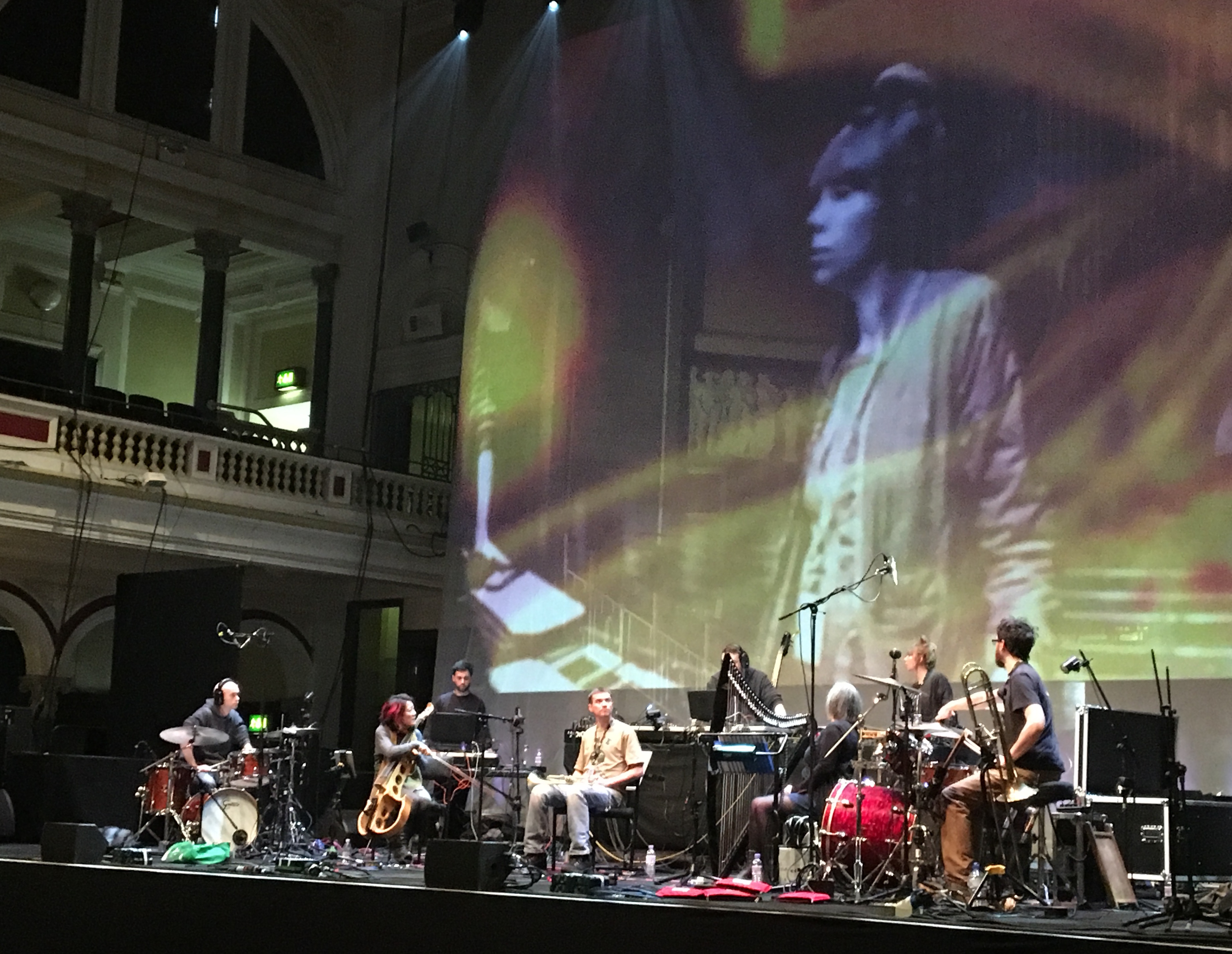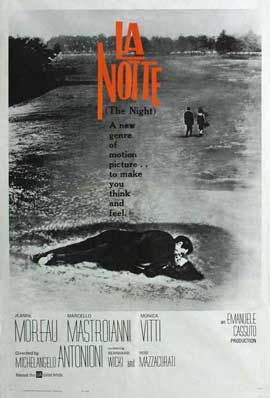Michel Legrand 1932-2019

Last summer I discovered that Michel Legrand, who died on Saturday, was one of those interview subjects who present you with the problem of what to leave out. We had an hour together in his apartment in the Marais, an hour packed with stories. When I wrote the piece up for the Guardian, some of them had to be omitted for reasons of space and continuity. Here’s one that began when he talked about scoring movies.
When I write music, my music talks. It’s not a music that says nothing, a tapestry where nothing happens, like most of the composers. Such a bore. I always wrote adventurous, original, different. But it happened a few times that producers or directors…
He fell silent. I prompted him. They didn’t like what you gave them? May I have an example?
For instance, I did one score for Joseph Losey on The Go-Between. Joe called me. He lived in London, I was in Paris. He said, ‘I’ve finished a movie called The Go-Between and I’d love you to write the score.’ So I fly to London. I love the movie. I said to Joe, ‘It’s extraordinary. It’s the best film you ever made.’ So we go to his house and before we have dinner together he played a record for me, saying, ‘This is the type of music that I want in my movie.’ And I heard it. Strings, with a tenor sax screaming, bleeding, like the music in bordellos. So I said to Joe, ‘That’s what you want?’ He said, ‘Yes.’ I said, ‘Goodbye!’ He said, ‘But what would you do?’ I said, ‘I don’t know yet – but that I would never do, because it’s not good for your movie at all.’ He thought for a bit and said, ‘Do it. Do what you want. I trust you.’
“So I go back home and write. Six weeks later I go back to record and the first cue he says, ‘No, it’s not for my film.’ I said, ‘Joe, I’ve finished. I recorded every single thing.’ I said, ‘I know you hate it, but you asked me to score your movie so in return you owe me to put it in your film. Call me and I’ll come back and if it’s really a catastrophe, we’ll find a solution.’ November, no news. December, no news. January, no news. Joe Losey never used the telephone. Much too modern for him. He communicated through telegrams. March, not a word. Then I see in the French papers that The Go-Between represents England in the Cannes festival. May, publicity everywhere. At the end of the festival, he wins the Palme d’Or.
“So the next morning I received a 100-line telegram saying, ‘Michel, this is exactly what the film wanted. I’m sorry for my behaviour.’ I send him back a huge telegram saying, ‘Dear Joe – I hate you. I used to love you. Not any more. I don’t want to work with you any more. Forget me.’ So what happened after that, some stars in London who worked with Joe, every time he showed the movie with my music in private screenings, everybody said the score’s extraordinary – and he hated it. Finally he said, ‘I might be wrong.'”
Did you work with him again?
“Yes.”
* Here is John Fordham’s excellent obituary. Here is my Legrand interview as it appeared in the Guardian. And here is the Go-Between music.

 It was with regret that I had to leave Hull after only 24 hours of Mind on the Run, the weekend festival celebrating the life and work of Basil Kirchin, the visionary composer who spent three decades in the city, working in complete obscurity until his death in 2005, aged 77.
It was with regret that I had to leave Hull after only 24 hours of Mind on the Run, the weekend festival celebrating the life and work of Basil Kirchin, the visionary composer who spent three decades in the city, working in complete obscurity until his death in 2005, aged 77.
 Nico died in Ibiza, a place she had loved for many years, one hot July day in 1988. Leaving the rented farmhouse where she was staying with her son, Ari, she headed into town, apparently intending to buy some hashish. At some point in the journey she fell from her bicycle and suffered a head injury. It was not until the following day that Ari called the police, gave them a description, and received the news that she had died in hospital.
Nico died in Ibiza, a place she had loved for many years, one hot July day in 1988. Leaving the rented farmhouse where she was staying with her son, Ari, she headed into town, apparently intending to buy some hashish. At some point in the journey she fell from her bicycle and suffered a head injury. It was not until the following day that Ari called the police, gave them a description, and received the news that she had died in hospital. Until its re-release this week, I hadn’t seen
Until its re-release this week, I hadn’t seen  Sebastian Schipper’s Victoria opened in London a couple of weeks ago, a year after it won an award at the Berlin International Film Festival. It’s famous for having been shot in a single 138-minute take. I came away impressed by everything it has to offer, from the direction and the acting by all the young principals to the agile cinematography of Sturla Brandth Grøvlen and, by no means least, the contribution made by Nils Frahm’s soundtrack.
Sebastian Schipper’s Victoria opened in London a couple of weeks ago, a year after it won an award at the Berlin International Film Festival. It’s famous for having been shot in a single 138-minute take. I came away impressed by everything it has to offer, from the direction and the acting by all the young principals to the agile cinematography of Sturla Brandth Grøvlen and, by no means least, the contribution made by Nils Frahm’s soundtrack.